There’s an exquisite world that marries art, history, and technology in a rapturous dance of chrome and polish – the world of classic cars. These timeless emissaries of the past, with their unique designs and remarkable mechanisms, have captured the hearts of many, becoming much more than mere transport.

Classic cars serve as a testament to the creative genius and technological evolution over the decades, charting an intriguing history rooted in design innovation, engineering advancement, and cultural influence. From the prestigious production lines of Ford, Chevrolet, and Rolls Royce, emerged models that have not only withstood the test of time but have also transformed the realm of classic cars into a promising investment frontier.
History and Evolution of Classic Cars
Four Gears Forward: Evolution of Classic Cars Through Time
From horse-drawn carriages to speed-defining supercars, our need for speed has truly evolved. The golden age of motoring, referred to as the classic era, birthed automobiles that were more than just transportation; they were embodiments of workmanship, design, and authentic innovation. This exhilarating world of classic automobiles has drawn car enthusiasts closer and invariably left them enchanted over the decades.
Our journey begins in the spectacular 1940s, when the chrome era dawned, right after the Second World War. The automobile industry resumed full-scale production, and enthusiasts were introduced to the Pontiac Streamline, Packard Clippers, and Lincoln Continentals. This was a time when cars mirrored the optimism of post-war America, with larger, swankier, more powerful vehicles hitting the roads.

Next, we ushered in the 1950s and 1960s – an era renowned for setting new standards in engineering sophistication. From Chevrolet’s iconic Corvette in 1953 and the Citroën DS in 1955, recognized for its futuristic design, to the Jaguar E-type in 1961, acclaimed as “the most beautiful car ever made.” These marvels of design and engineering still manage to start conversations at auto shows worldwide.
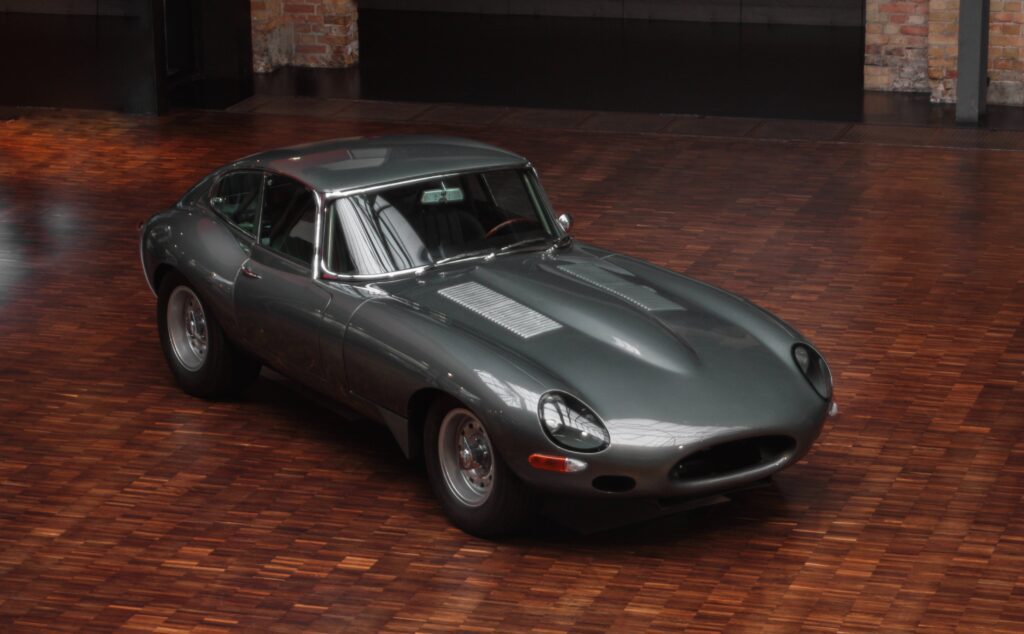
Fast-forward to the 1970s, the ‘Me’ decade, where the oil crisis and environmental concerns resulted in the introduction of compact and subcompact cars. Along with this, muscle cars, well known for their high performance, also made their entrance. Models like the Mustang Boss 302, Dodge Challenger, and Plymouth Barracuda introduced enthusiasts to raw power. This was a time for faster, meaner cars, and boy, did it deliver!
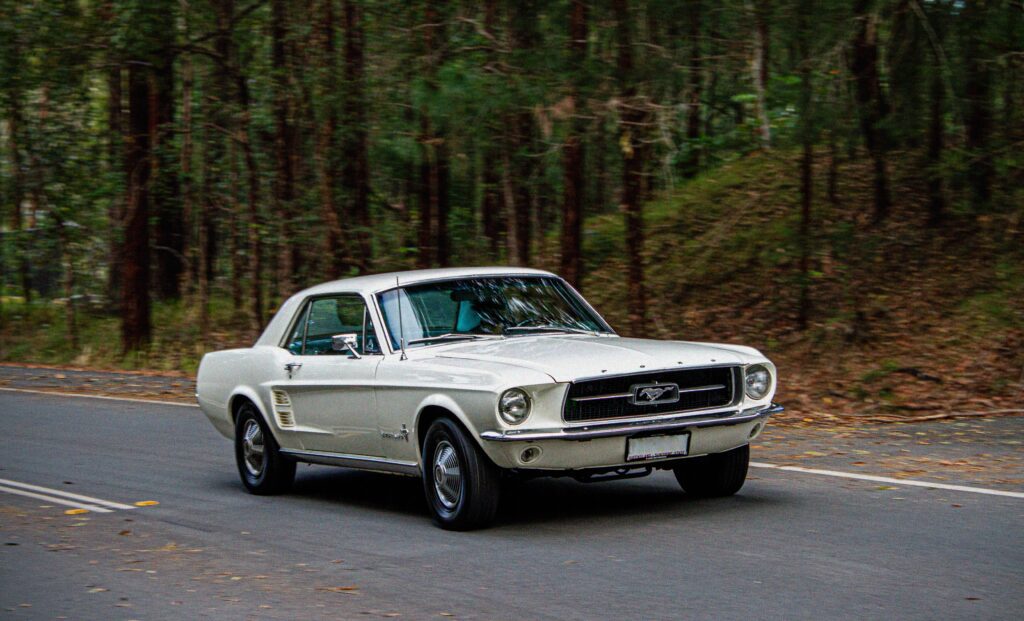
Then came the 1980s, when car design took a major shift towards aerodynamics. This was the era of “right angles,” and one could witness a lean toward sleeker design language. Some stellar examples include the BMW M3, Ferrari Testarossa, and the Toyota MR2. Despite being the age of flamboyance and extra swagger, it offered some of the most pragmatic and ground-breaking models.
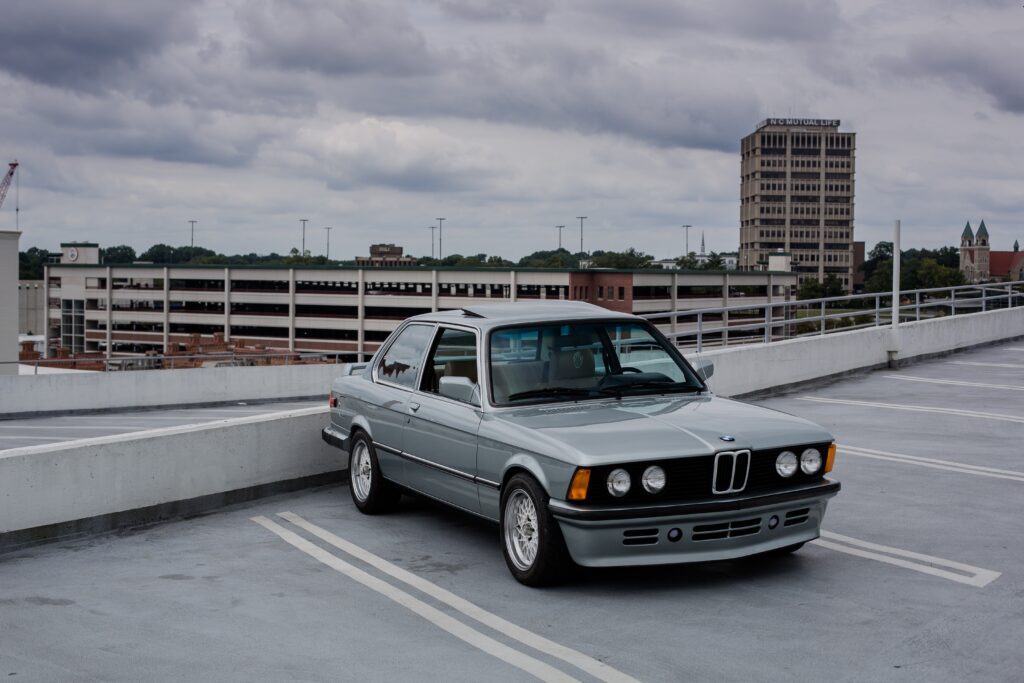
From the 1990s until now, the evolution of classic cars may not be as pronounced as in previous decades, but it’s no less significant. Greater emphasis was placed on luxury, safety features, and technology, leading to opulent brands like the Rolls Royce Phantom, Bentley Continental, and the timeless charm of the Porsche 911.

It’s truly captivating to see how the world of classic automobiles has evolved. Each decade tells unique stories of shifts in societal values, economic conditions, and technological advancements. Yet, amidst all these changes, the love for classic cars, the nostalgia they evoke, the thrill of the open road, and the pride in sophisticated engineering and design – remain undiminished. The passion for classic automobiles is not just about the cars; it’s about the journeys, the eras they represent, their legacy, and the unique charm that sets them apart from the rest. Their importance goes beyond simple transportation; they’re rolling pieces of history and art, each with its own tale to tell.
Key Classic Car Models
Diving deeper into the captivating realm of classic automobilia, some specific models truly epitomize both prestige and innovation. These vehicles are by far more than just modes of transportation – they’re masterpieces heralding progress, craftsmanship, and historical significance. From the timeless luxury of the Rolls-Royce Phantom to the logic-defying speed of the Porsche 911 series, let’s explore some of the standout models in the sphere of classic cars.
There are few automakers more synonymous with luxury and prestige than Rolls-Royce. Known for their opulence and attention to detail, the Rolls-Royce Phantom, first manufactured in 1925, stands out as a testament to the company’s unyielding standards. With its imposing size, plush interior, and remarkable ride comfort, the Phantom personified the allure of silent and effortless motoring. This model’s grandeur contributed considerably toward Rolls Royce’s image as a producer of ‘The Best Car in the World.’
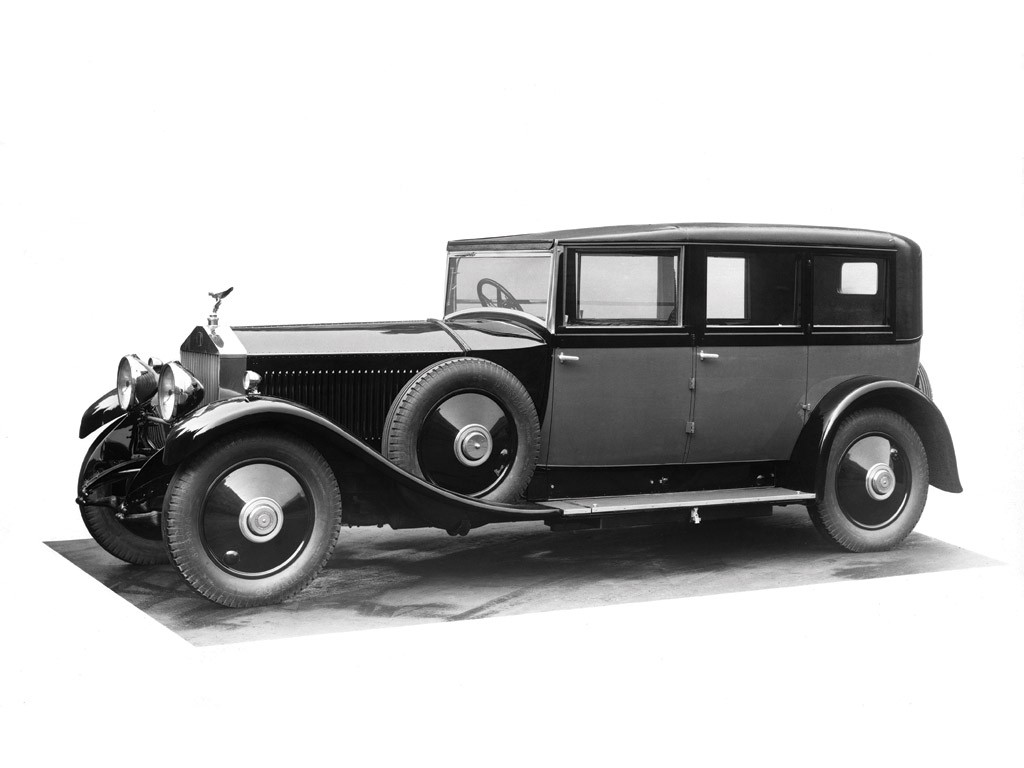
Next on our illustrious list is another British-raised revolutionary, the Aston Martin DB5. This quintessential sports car, popularized by the James Bond franchise, combines slick design with high-performance capabilities. Produced between 1963 and 1965, this remarkable vehicle embodies the era’s spirit of luxury, style, and speed, making it one of the most sought-after vehicles by classic car enthusiasts and movie buffs alike.
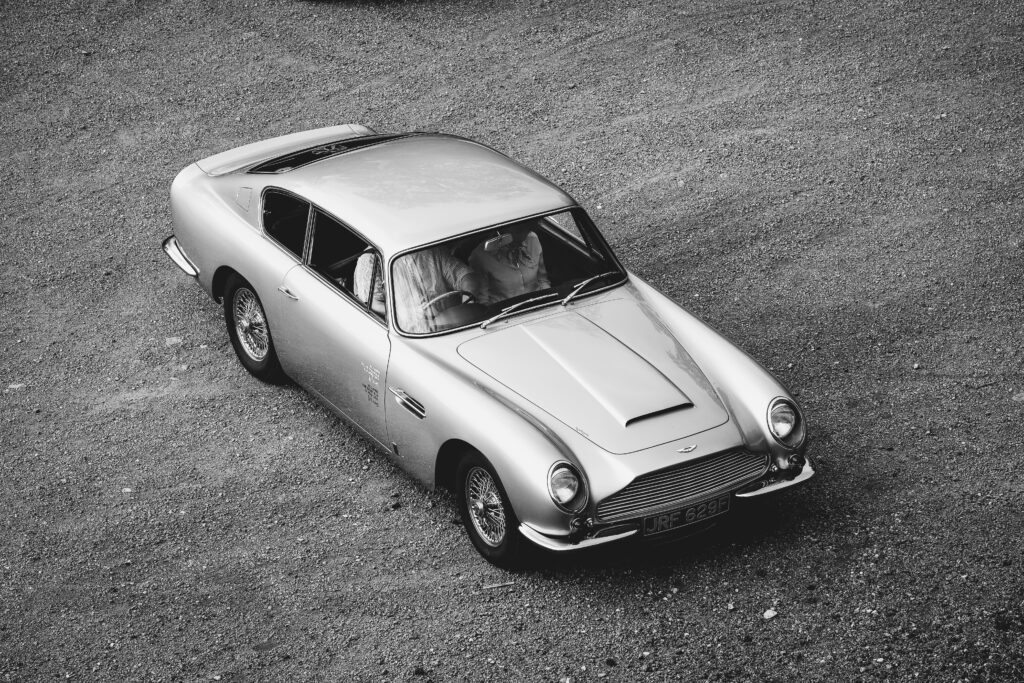
American brilliance arrived in the form of the Cadillac Eldorado Biarritz Convertible, which made its grand arrival in 1956. This model is a shining symbol of America’s post-war prosperity. Its low-slung body, distinctive tailfins, and abundant chrome detailing are indicative of the era’s love affair with extravagance and futurism. This model stood out for its advanced features like power-adjustable seats and power-operated convertible top – unique for the time.
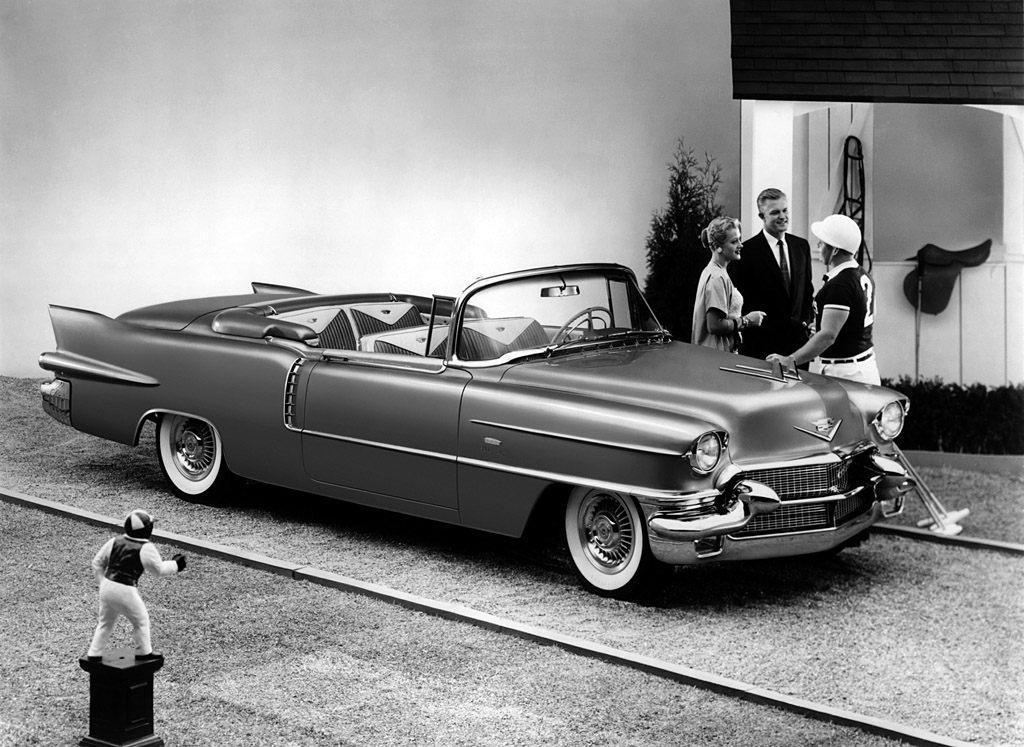
The Mercedes-Benz 300SL, hailing from Germany, is another exemplary classic car model that can’t be overlooked. Known for its distinctive gull-wing doors, the 300SL was an icon of innovation when it was launched in 1954. Its pioneering direct fuel injection system and race-bred mechanics made it a symbol of German engineering prowess. The 300SL remains one of the most coveted cars by classic car collectors and historians for its absolute daring in design and technology.
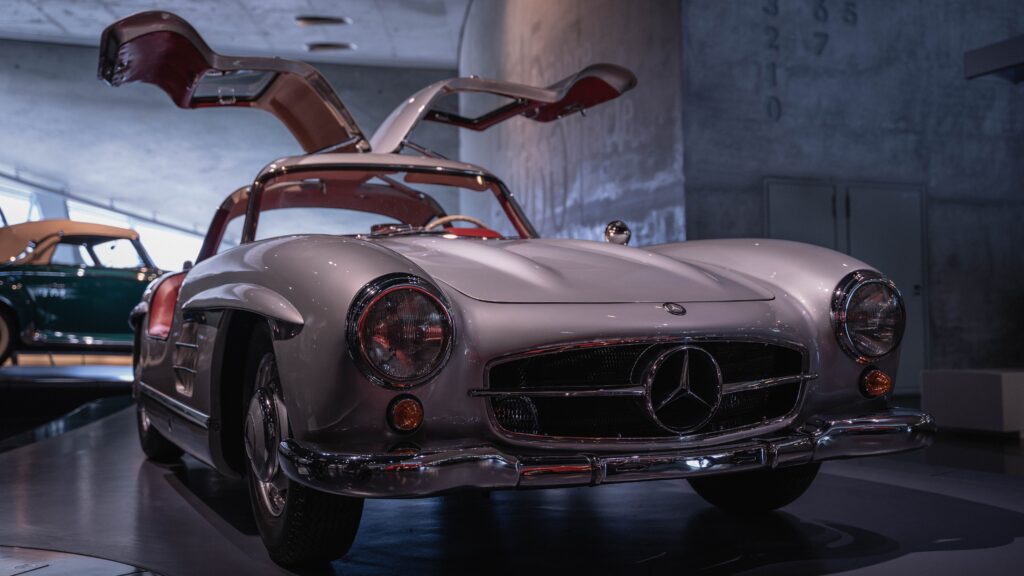
Last but not least, the Ferrari 250 GTO, universally known as the ‘Holy Grail’ of classic cars, sits at the pinnacle of prestige. Introduced in 1962, the Ferrari 250 GTO was designed to compete in GT racing; Ferrari produced only 39 models, which were primarily sold to a carefully vetted clientele. With its glorious 3.0L V12 engine, beautiful bodywork, and immense racing success, its allure has only grown, making it arguably the most desired classic car in existence.
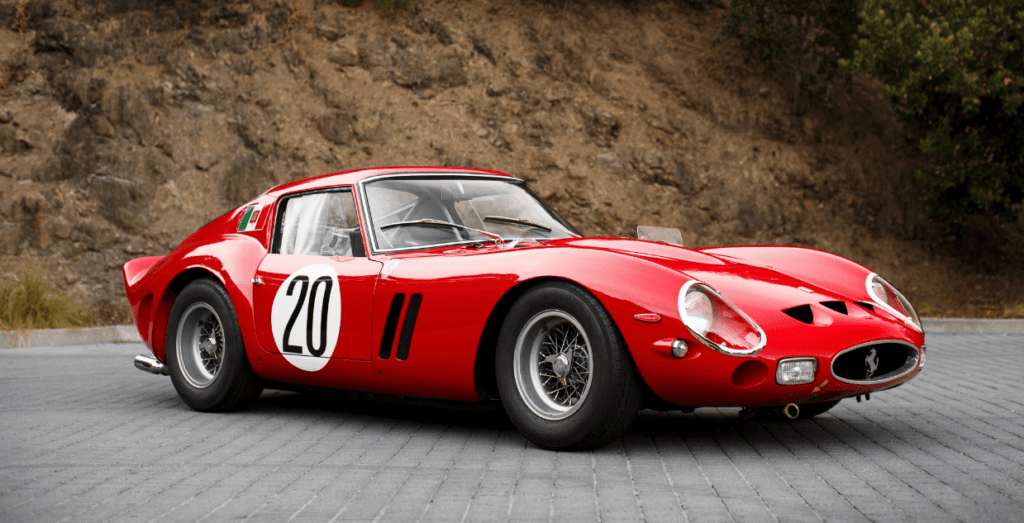
Classic cars are undeniably fascinating embodiments of the eras they originated from; Echoing stories of old-world charm, progression, and the persistent pursuit of perfection. They serve as touchstones, linking the past to the present, and reminding us of milestones in automotive design and engineering. Driving and appreciating these priceless pieces of automobilia is more than a hobby, it is akin to traveling through time and history.
The Art of Classic Car Restoration
Embarking on the journey of restoring a classic car to its former glory is undoubtedly a labor of love and passion. It requires a combination of technical expertise, creative craftsmanship, a keen eye for detail, and above all, patience. Let’s dive into the heart and mechanics of what it takes to breathe life back into these automotive treasures!
The first task, choosing the right classic car to restore, is a thrilling endeavor all on its own. It’s paramount to pick a car that you have a deep connection with, and also to consider the availability of spare parts and information. Cars like the Ford Mustang or Chevrolet Camaro are classics with widespread enthusiast communities, which can ease your search for parts and technical advice.
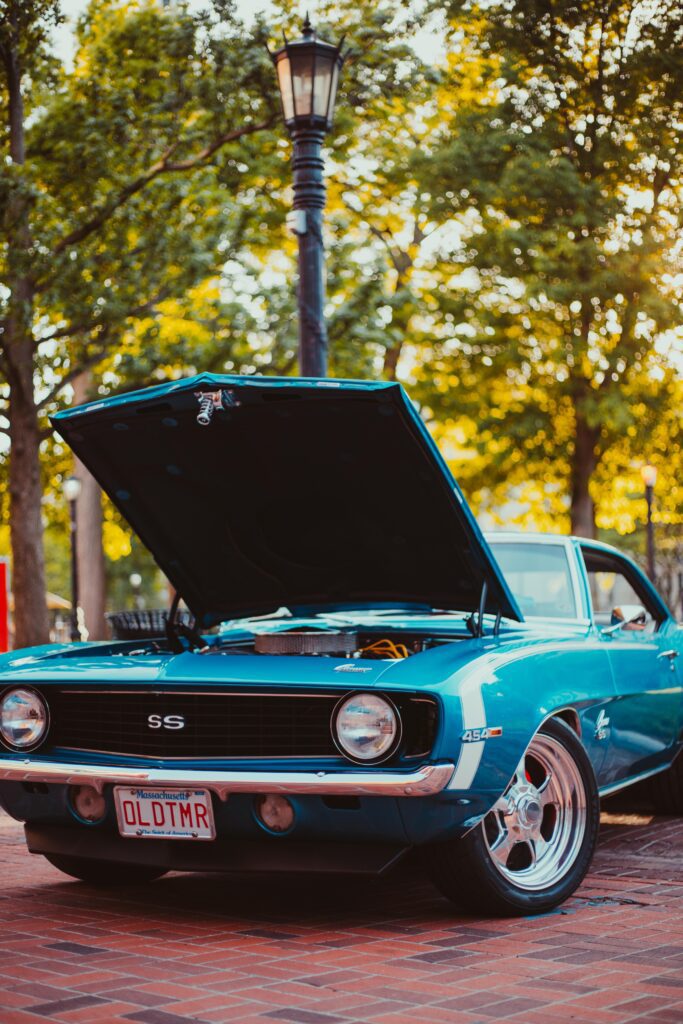
A critical aspect of restoration is the bodywork. Removing rust and repairing damages to the mechanical and structural integrity of the car is a meticulous task. Learning to weld or having a trustworthy professional at hand could make the difference in getting your classic beauty back on the road. An original sleek finish is achieved through carefully blocked and sanded primer surfaces, topped off with that sparkling paint job that matches the original color or gets a hearty nod from the purists.
The restoration of the engine and the mechanical components is next on the list, where you’ll restore the heart and soul of your classic car. Whether a power-packed V8 or the purr of a classic European 2.0, it’s essential to carefully dismantle, clean, repair, or replace the engine parts. Factory Service Manuals are worth their weight in gold for this process, offering a valuable resource for specifications and assembly instructions.
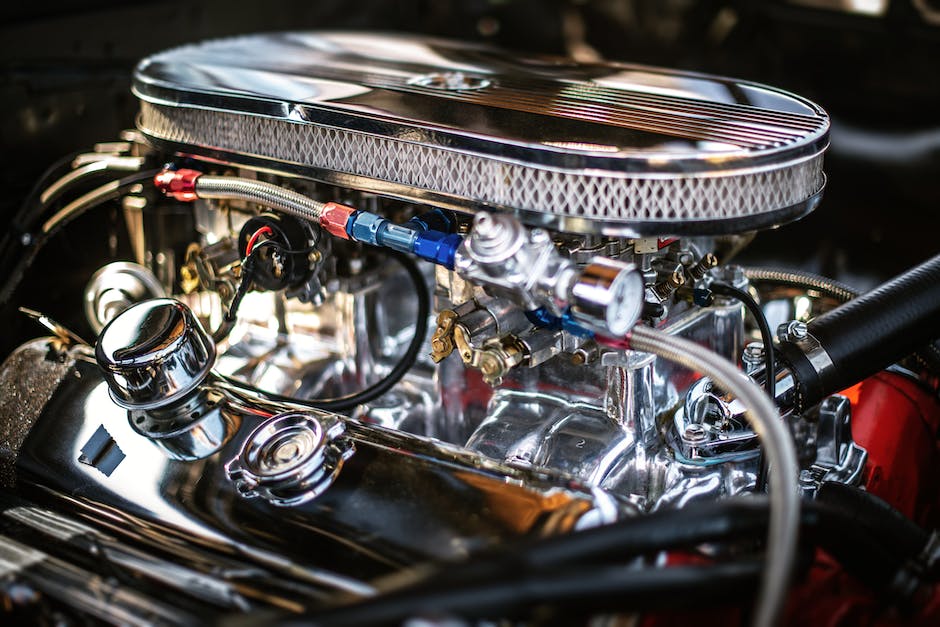
Don’t forget those interiors! Refurbishing the interior can inject fresh flair into the classic. Upholstery should be refreshed or replaced, striving to match or echo the original aesthetic of the car era. It’s all about melding comfort with vintage class, from the floor mats to the seatbelts and from the dash gauges to the window handles.
Then there’s the electrical system, often one of the most daunting parts of a restoration project. Wiring can become brittle over time, and electrical failures are common in classic cars. Draw on the resources of classic car enthusiast communities, as well as updated circuit diagrams and modern wiring techniques. Keep safety paramount and don’t be afraid to seek professional guidance when dealing with the electrical system.
Finally, once the fresh paint has dried and the upholstery has been set, your newly restored classic will be ready for its first spin around the block. But the journey doesn’t end there. Periodic maintenance is crucial, as these age-old mechanics will need your attention and care to keep them running smoothly.
Restoring a classic car to its former glory is not just about renewing the old but about preserving the stories, the heritage, and the mechanical artistry from an earlier era. It’s about cherishing the classic beauty, the roar of the engine, and the sense of accomplishment that comes from the countless hours of love, sweat, and grease channeled into the project. It’s more than a hobby – it’s a way of reflecting history in moving art.
Investment in Classic Cars
Investing is seldom driven solely by passion. A strong financial case certainly adds fuel to an already burning fire for those of us enraptured by classic cars. From an investment standpoint, it’s important to highlight that the world of vintage vehicles has seen unparalleled appreciation rates in recent years.
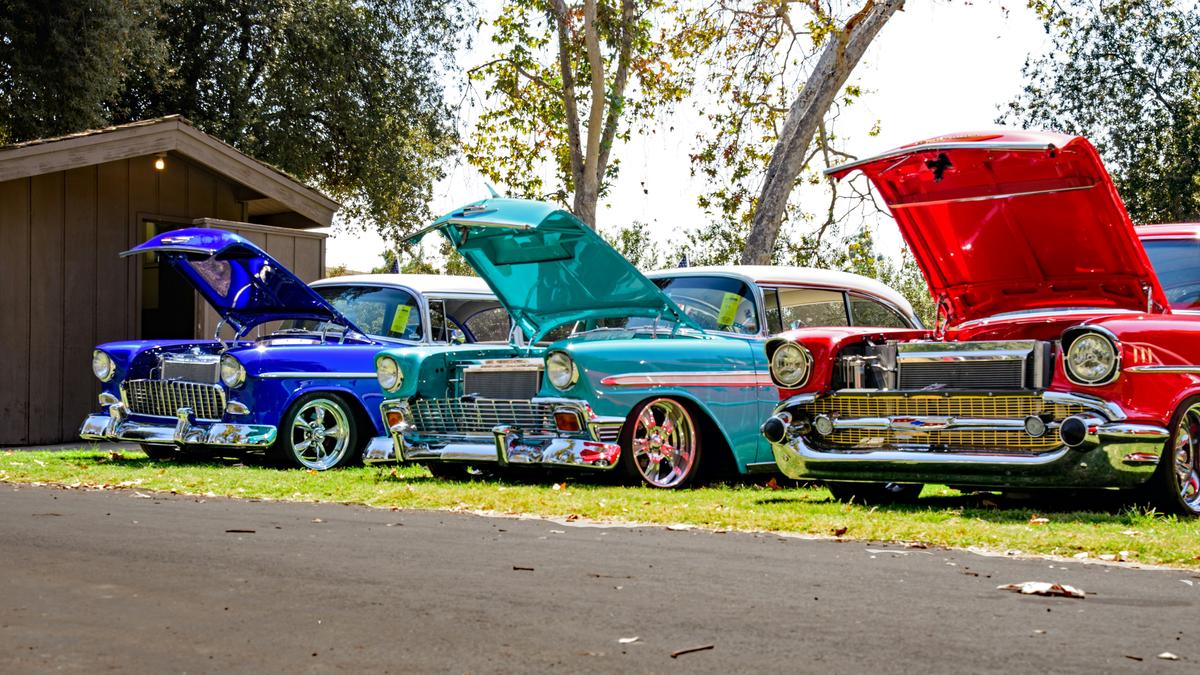
Classic cars have outperformed many traditional investment sectors, with some extraordinary models consistently reaching seven, and occasionally eight-figure, sales at auctions. As a result, it can be argued that these vintage masterpieces are indeed a sound investment. But what’s behind this financial prowess?
One can’t overlook the rarity factor when it comes to classic cars. Limited production numbers or models marking significant milestones in automotive history tend to command higher values. It’s basic supply and demand – less availability tends to drive prices up. Not to forget, of course, a car’s originality, its provenance – has it been owned by someone famous or a racing pedigree? – and the awards it has won, which contribute significantly to the asking price.
Additionally, a patient investor who’s willing to wait for the right opportunity could strike gold. Certain market trends can render some vehicles more desirable. For instance, eco-consciousness has spiked the values of classic electric and hybrid cars. Then, there are other factors like the potential impact of regulatory changes – who knows which classic might be the next to get a special waiver, thus driving its value upwards?
Yet, as with any investment, classic cars do come with risks. Depreciation can hit without notice, often influenced by changing tastes, a languishing economy, or even policy changes. Moreover, maintenance and storage costs for classic cars can be high, frequently requiring specialized mechanics and climate-controlled facilities, respectively.
When it comes to potential investments, it’s important to evaluate each car individually. Factors such as historical significance, rarity, condition, and market trends should be figured into your decision-making. As a rule of thumb, it’s suggested to favor well-known brands since they usually have robust supporting communities, benefit from ample spare parts availability, and embody milestones in automotive history – factors that tend to uphold their value.
Ensuring proper and professional restoration of the classic car, too, cannot be overstated. A haphazardly restored vintage vehicle can considerably dent its value as opposed to one meticulously revived to its former glory. Avoid irreversibly modifying the vehicle as doing so can dilute its original charm and appeal, thus depreciating its value.
Investing in classic cars, therefore, isn’t just about buying a piece of history. It’s about understanding and appreciating the heritage that the vehicle carries. Investing in classic cars is a passionate exercise, rooted in a deep love for automotive art. It’s about recognizing the stories that classic vehicles carry and the slightest of details that make each car special, unique, and a potentially sound investment.
On the financial side, these four-wheeled wonders could prove to be an excellent addition to your asset portfolio if approached diligently. Further, we believe that the deep satisfaction of being a curator and custodian of these historic machines truly goes beyond sheer dollars and cents. To most of us here in this community, that, indeed, is the greatest return on investment.
Be it the nostalgia-tinged allure of their design, the satisfying challenge of their restoration, or the profitable potential embedded in their rarity and historical relevance, the world of classic cars remains a captivating exploration. Each car tells a unique, meandering story – a story of designers and dreamers, engineers and enthusiasts, investors, and aficionados, all of whom are united by one indissoluble thread of automotive awe and appreciation. The classic car universe is not merely about machines of yesteryears; it’s a testament to human ingenuity, marking our journey through an ever-evolving technological landscape, and promises to continue being a thrilling ride for those ready to get Behind the Wheel.



